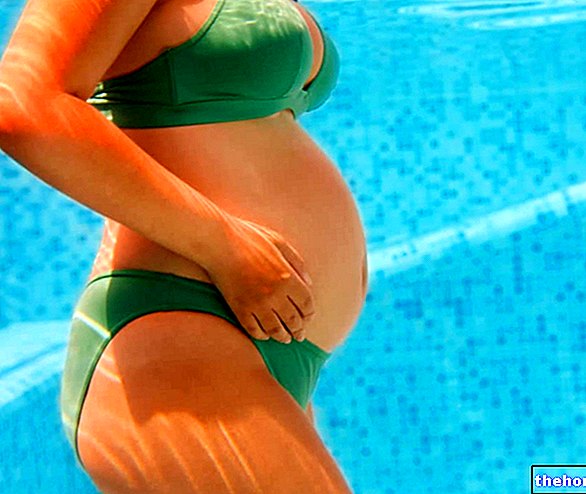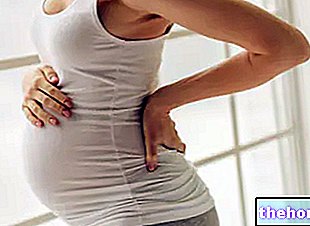Generalities and Symptoms
Cradle cap, known as neonatal seborrheic dermatitis or pityriasis capitis, is a condition that affects the scalp of many newborns and infants. It manifests itself with evident signs of skin peeling, accompanied by oily scales and crusts, of a yellowish color, located mostly on the scalp, but also in other parts of the body, where the skin is "simply" red.

Cradle cap in a nenonate - Image from wikipedia.org
The rash associated with cradle cap tends to be prominent around the ear, eyebrows or eyelids, and often also affects the forehead, chin and perigenital area.
The cradle cap affects about half of newborns - infants, and then disappears by itself without the need for special treatments, however useful to facilitate healing. Fortunately, this is usually a non-itchy condition, which does not cause particular discomfort to the newborn - infant; only in the most serious cases is medical intervention necessary.
Causes
The causes of origin of the cradle cap have not yet been clearly identified. We know for example that it is the consequence of a slight overproduction of sebum by the sebaceous glands of the scalp, but the triggering factor is not yet clear. Some authors suggest a possible role of maternal androgens, which remain in the baby's bloodstream for a few months after birth, while others call into question the most remote and repeated hypothesis of food intolerances and allergies, for example to milk proteins or lactose. In the latter case, the association between cradle cap and gas colic and diarrhea would be common.

The differential diagnosis should be made with fungal infections, such as ringworm (tinea capitis) and scabies, which can mimic symptoms normally attributable to cradle cap.
Treatment and prevention
See also: Milky Crust - Drugs for the treatment of Milky Crust
Although the disorder tends to spontaneous resolution, with possible relapses during early childhood, healing can be accelerated by softening the crusts with vegetable oils (rice, walnut, olive, borage, calendula, etc.), left to act on the leather scalp for a few minutes before washing with mild baby shampoo. In the presence of cradle cap, however, creams based on animal fats should be avoided, which could favor the growth of the fungus Malassezia furfur.
The hair should be combed with a soft brush, avoiding rubbing the crusts to speed up their removal. In the most severe cases, where the inflammation is important and the child complains of a certain itch, it is good to use the special preparations recommended by the pediatrician.
Often, the cradle cap, under the name of seborrheic dermatitis, recurs during puberty, where once again the hyperproduction of sebum is linked to the particular hormonal situation.









.jpg)


















